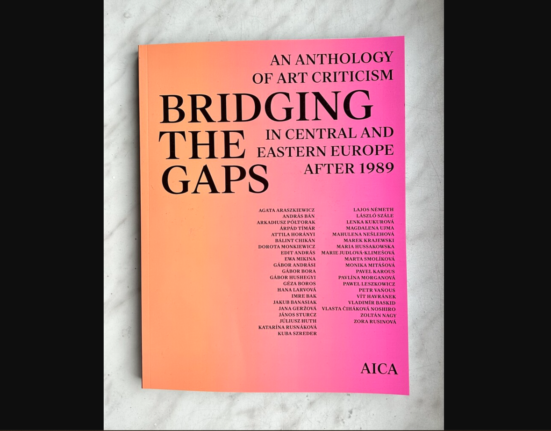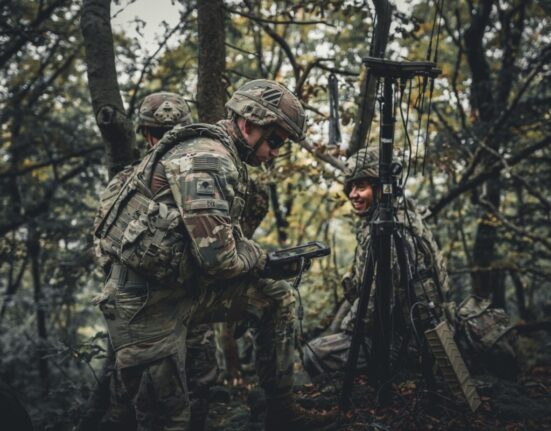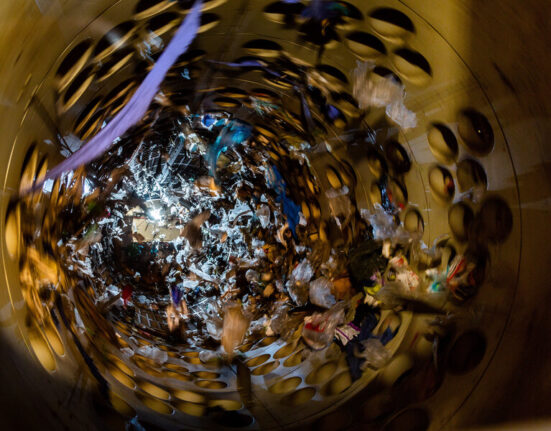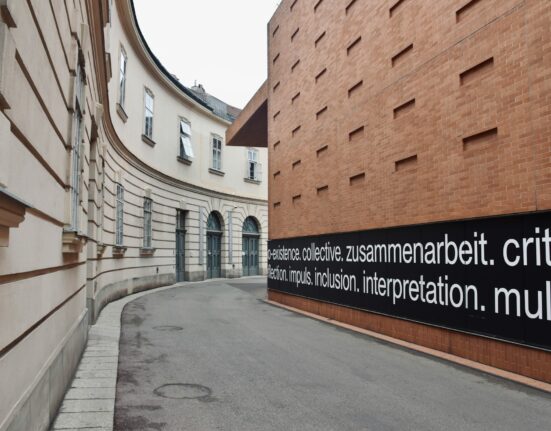New York’s much-anticipated auction season has started nervously, reflecting a fragile art market in the midst of wider turmoil. The highest-wattage sale this fortnight, of the collection of 31 works from the late arts patron Emily Fisher Landau, came in at the low end of expectations at Sotheby’s on November 8, making a total of $351.6mn ($406.4mn with fees, est $344.5mn-$430.1mn).
Top lot of the evening by far, as expected, was Picasso’s “Femme à la montre” (1932), a portrait of his lover Marie-Thérèse Walter, which sold for $121mn ($139.4mn with fees, est $120mn). This is the second-highest auction price for the artist, whose record stands at $179.4mn.
Only one work flew far ahead of expectations: Agnes Martin’s “Grey Stone II” (1961), which was estimated between $6mn and $8mn and hammered for $16mn ($18.7mn with fees). Among the works that disappointed against estimates were two by Robert Rauschenberg while an dark painting by Mark Rothko from 1958, estimated between $30mn and $40mn, went for a relatively paltry $19mn ($22.2mn with fees).
The auction house had offered a guaranteed payout for all the works in the sale, increasingly necessary to bring in supply, and managed to offload the risk to third-party investors on 24 of the works, including the Picasso.

Contemporary female artists fared well at Christie’s 21st-century evening sale on November 7, where over-performers included Jenna Gribbon, Ilana Savdie and Jadé Fadojutimi. The latter’s painting, “A Thistle Throb” (2021), sold for $1.35mn ($1.7mn with fees, est $500,000-$700,000).
A notable difference this season is that the seemingly untouchable older guard at the higher end seems to have reached its price limit. Christie’s top lot was Cy Twombly’s 2004 “Untitled (Bacchus 1st Version II)”, which went for $17mn ($20mn with fees), against an $18mn-$25mn estimate. Two works of 43 were withdrawn prior to sale, by Jean-Michel Basquiat and Mark Bradford, while Bradford was also one of two artists whose works went unsold. The other was John Currin, whose titillating “Nice ’n Easy” (1999) had been estimated between $7mn and $10mn. In 2016, this work sold for $12mn.
The sale overall made $88.4mn, below its $93mn-$134.2mn estimate ($107.5mn with fees).
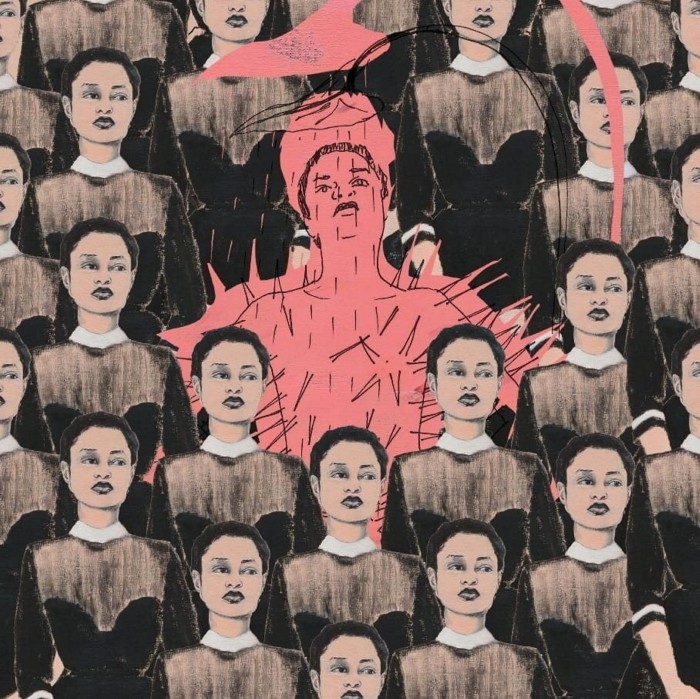
Fresh from the Rugby World Cup, England’s Maro Itoje has another project afoot: he is co-founding an art gallery with the dealer Khalil Akar. Offering an international platform to African, Caribbean and diaspora artists, Akoje Gallery (a combination of their names) is close to the British-Nigerian sportsman’s heart. “When I bought my first flat in London [in 2015], I wanted to decorate it with African art and couldn’t really find any. And the few places that offered it were completely out of my budget,” Itoje says. The markets in Lagos proved more promising, and he confesses now to being an art addict. “My guest room has become a storage space,” he says.
He initially joined forces with Akar, who was then running Signature gallery in London, in 2021 to co-curate a show on black histories. Since then, they have been planning their own project. Akar has subsequently closed Signature in London — although the gallery is still run by his father from its original base in Lagos — and plans for Akoje to run about four temporary exhibitions around the world each year. These start in London’s Spring Studios on December 13 with a group show of its represented artists (price range £7,000-£100,000). Among those on view will be the Trinidadian painter Sarah Knights, who was recently chosen to paint a portrait of King Charles III for the cover of Tatler magazine.
Next up is a show in New York in May, Akar confirms, and the pair commits to showing in Nigeria too. “There needs to be two-way traffic [between Africa and the west]”, Itoje says. His passion for art “helps me maintain the balance of life, and I think tends to make me a better player”, he adds.
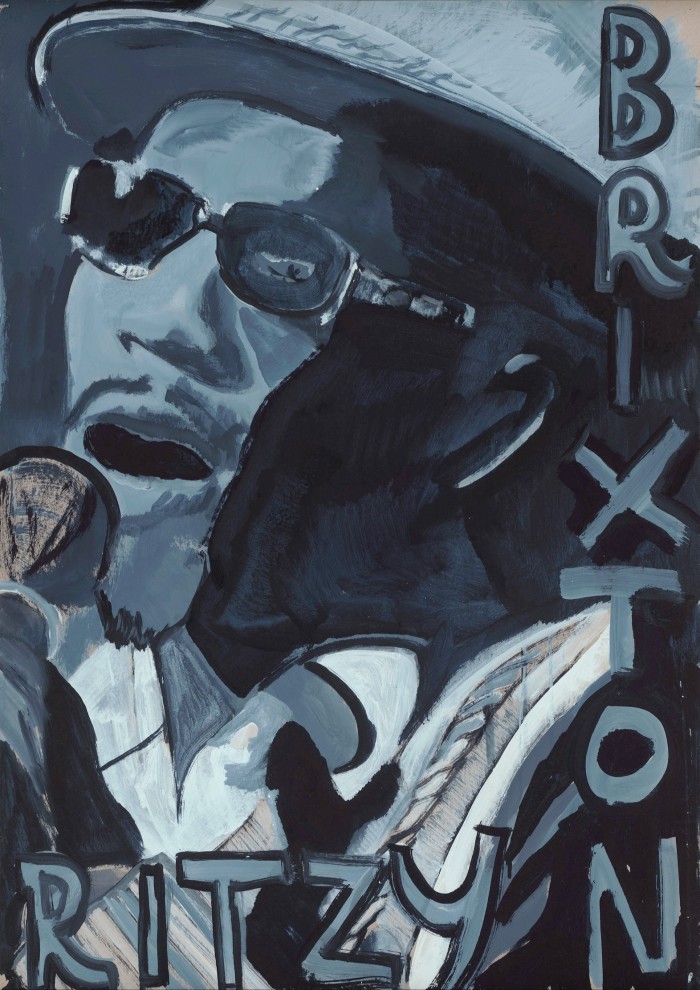
The artist Peter Doig will donate all the proceeds from a new limited-edition print of the poet and activist Linton Kwesi Johnson to the George Padmore Institute, a London-based charity dedicated to documenting black communities in postwar Britain and continental Europe.
There are 150 available editions of the print that go on sale from November 9 through Paul Stolper Gallery, starting at £2,000 apiece. The immediate aim, Stolper says, is to raise £35,000 needed for urgent structural repairs to the GPI’s building on Stroud Green Road, which also houses the publishing business New Beacon Books.
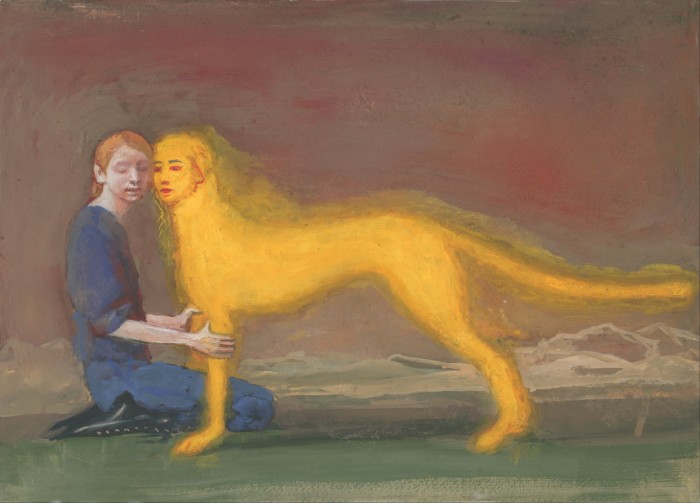
The gallerist Eva Presenhuber opens a group show in Zurich this week, giving equal prominence to the artists she represents and those she describes as having “different positions”, who are mostly lesser-known. The latter include Stanislava Kovalcikova, a Czech artist whose work Presenhuber discovered at Vienna’s Belvedere Museum last year, and Aleksandra Waliszewska, an artist with great success in her home country of Poland but less well known elsewhere. They join gallery stalwarts, including Ugo Rondinone, Franz West and Steven Shearer, in a show of about 80 works by about 26 artists (November 11 to February 24).
The title of the exhibition is Melencolia, although Presenhuber says that the art is more “works that are all reflective and thoughtful”. This, she says, is relevant for some of today’s artists under the age of 40 who can get “abused by high prices at auction, when they need more time and energy to think about what they are making. I have a distinct preference for slow burners,” she says.
Follow FTWeekend on Instagram and X, and subscribe to our podcast Life and Art wherever you listen

